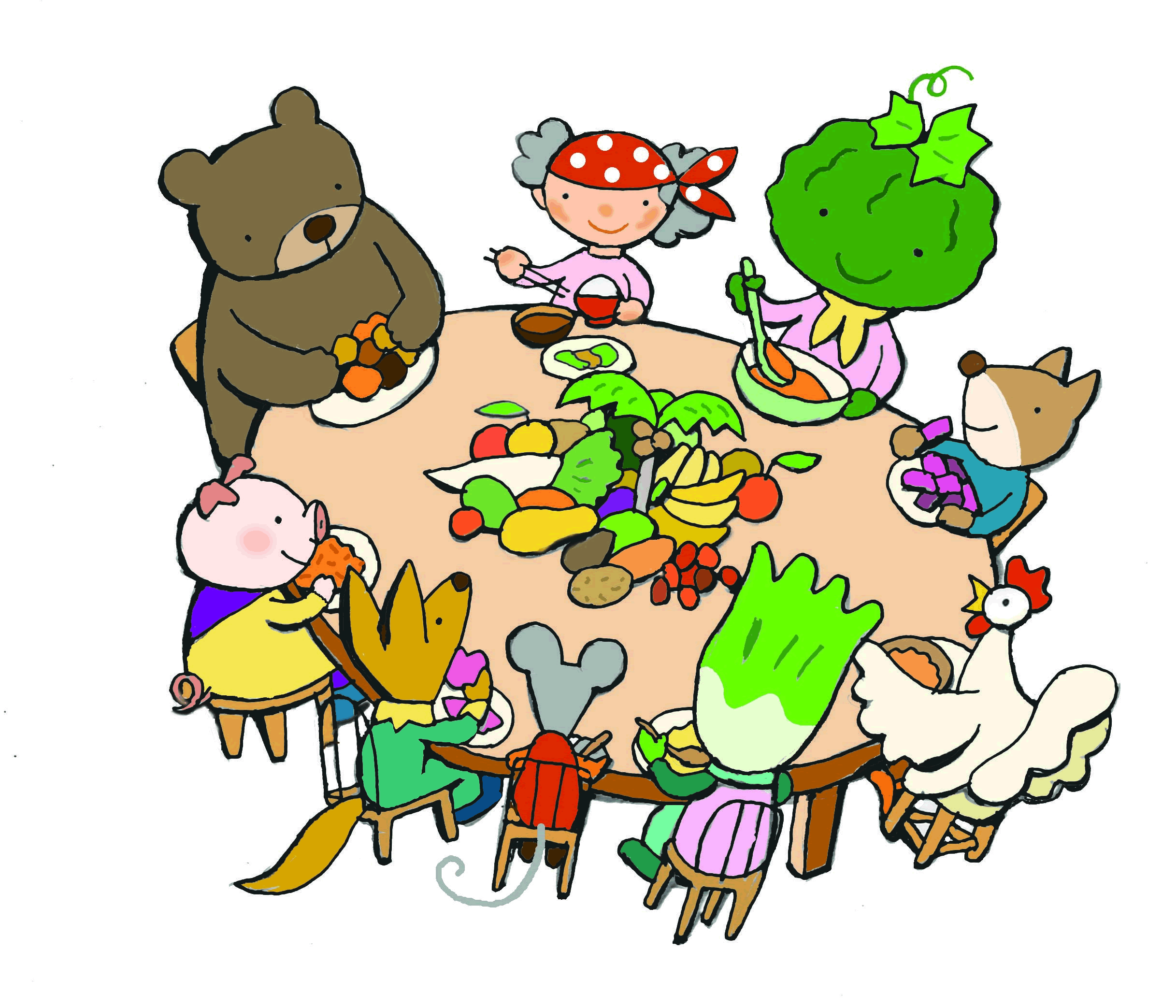17 January 2019
To:
Nisshin Foods
Nisshin Seifun Group
Showa Sangyo
Please stop selling wheat flour with glyphosate residue
Consumers Union of Japan and the No! GMO Campaign work together for safe and healthy food for all consumers.
We tested wheat flour from different companies for the residue of the herbicide glyphosate, and detected such residue in products sold by your company.
In 2015, WHO’s International Cancer Research Institute has concluded that glyphosate is “probably carcinogenic to humans.” In 2016, a joint report by the World Health Organization (WHO) and the UN said that there was some evidence of association between glyphosate exposure and risk of non-Hodgkin’s lymphoma in some studies.
Our investigation found levels of residue of glyphosate in your wheat flour that was lower than the standard limit set by the Japanese government. However, studies in other countries have shown negative health effects in test animals even at such low levels.
Consumers do not want to be exposed to glyphosate. We do not want to buy or eat food made with such products. We ask that you use the precautionary principle and please stop using wheat which has been treated with glyphosate.
Consumers Union of Japan No! GMO Campaign
Keisuke Amagasa Keisuke Amagasa
Kazuoki Oono


